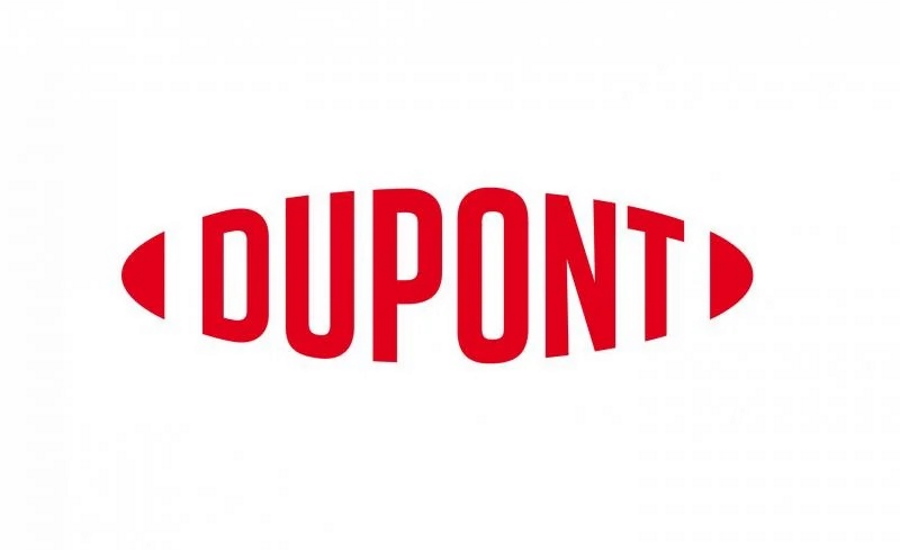DuPont Performance Building Solutions announced today their DuPont ArmorWall Systems received two updated fire listings from the International Code Council – ICC-ESL-1302, applicable to ASTM E119, and ICC-ESL-1442, applicable to NFPA 285.
The ESL-1302 is for ASTM E119: Standard Test Methods for Fire Tests of Building Construction and Materials, which tests the building enclosure assembly to withstand fire burning through the wall for stated endurances. ArmorWall Systems also received ESL-1442 for NFPA 285: Standard Fire Test Method for Evaluation of Fire Propagation Characteristics of Exterior Wall Assemblies Containing Combustible Components, which regulates combustible components and the flammability of exterior, non-load bearing wall assemblies.
“An ESL provides project teams with third-party verified performance of fire resistance, which helps keep occupants safe in the event of a fire,” said Jarrett Davis, Principal Building Scientist at DuPont Performance Building Solutions. “The ESL details how, when, where, by whom and for how long the test was performed. It replaces the need to obtain a UL Number for each wall assembly, as it is already recognized by the ICC.”
The ICC-ES Listing Program is the most recognized in the industry. DuPont has a long history of partnering with industry-leading organizations to advance both building science and quality assurance on the job. ArmorWall Systems already have the ICC-ESL 1306 for ASTM E330, Standard Test Method for Structural Performance of Exterior Windows, Doors, Skylights and Curtain Walls by Uniform Static Air Pressure Difference, available for use by architects and engineers.
DuPont ArmorWall Systems are premium five-in-one systems, incorporating five traditional building enclosure elements into a single panel product: structural sheathing, fire-resistance, air- and water-resistive barriers, and a high-performance continuous insulation layer. ArmorWall Systems have undergone rigorous testing and allow projects to meet continuous insulation building codes and the tight timelines of construction schedules faster and more cost-effectively. The system can be installed in as little as one revolution by a single labor crew, saving project schedules weeks, not just days.



Report Abusive Comment